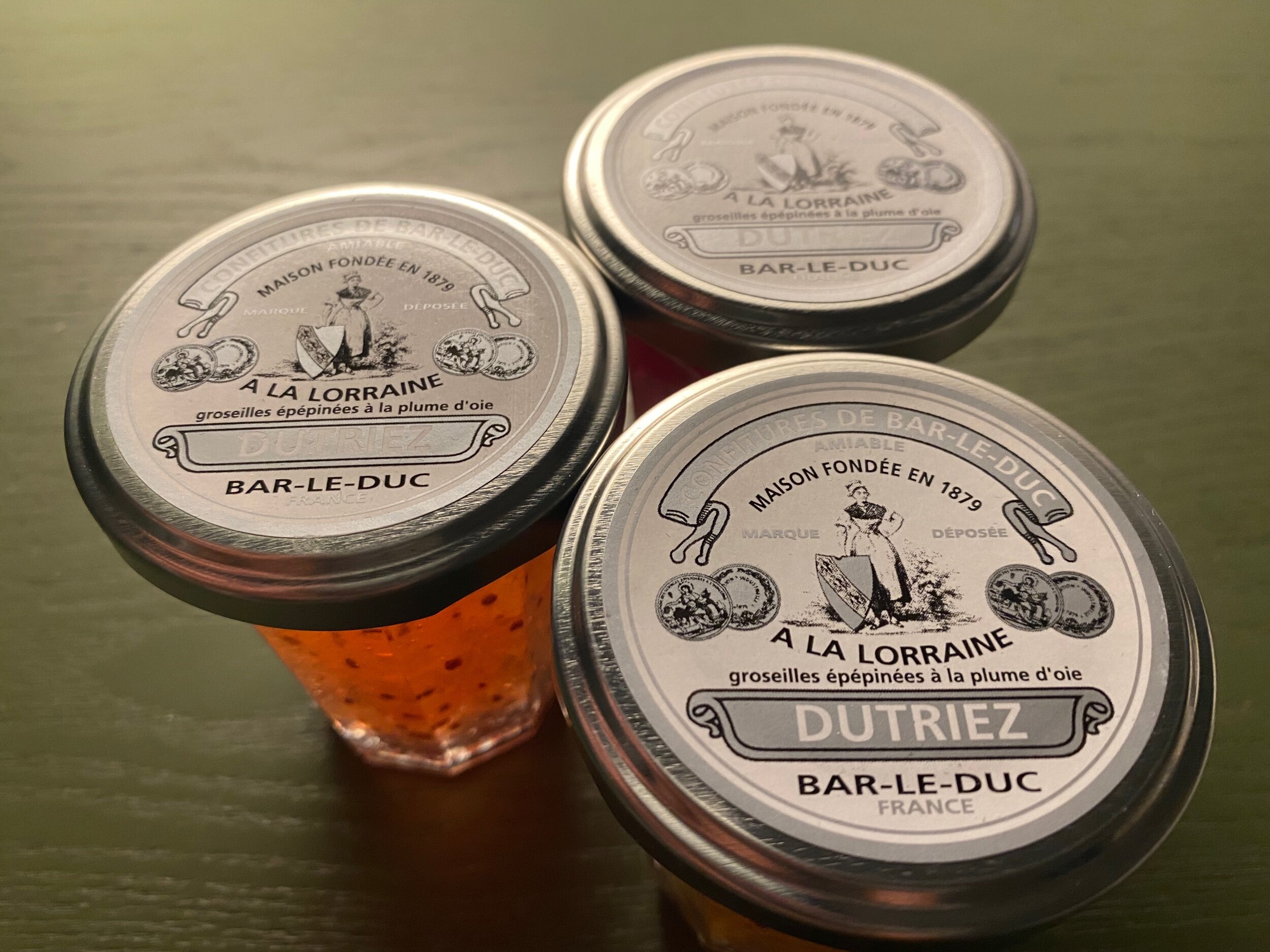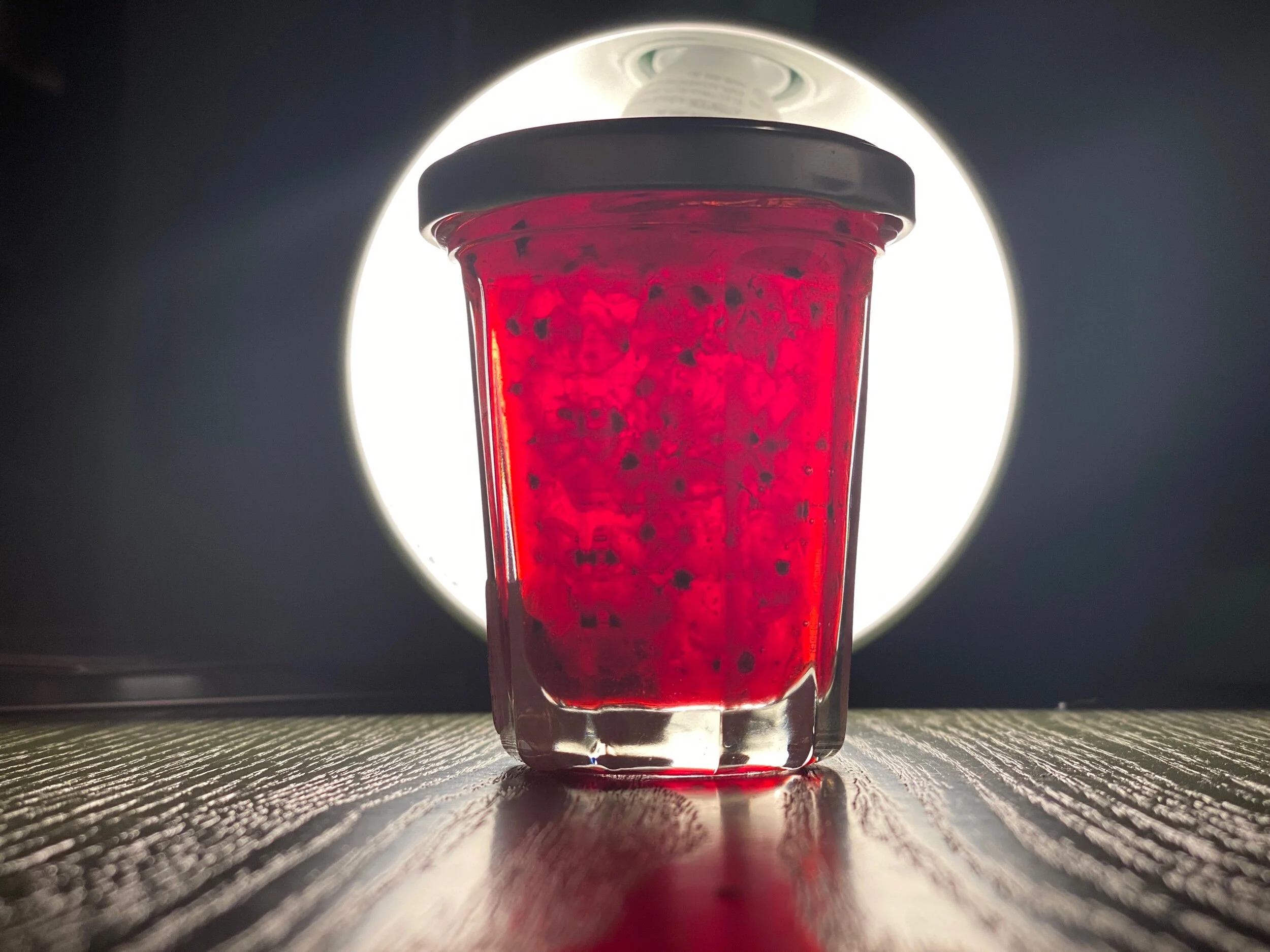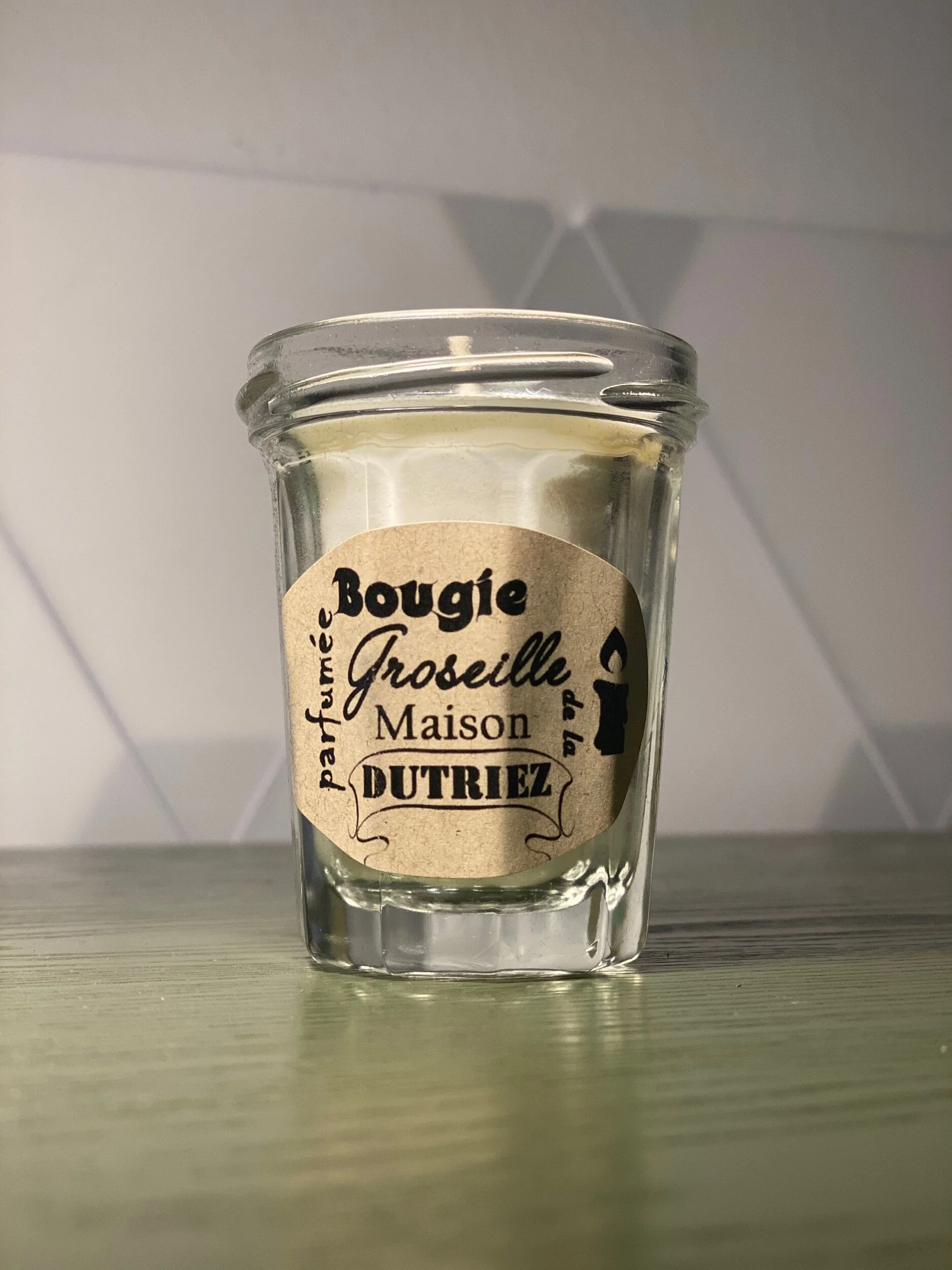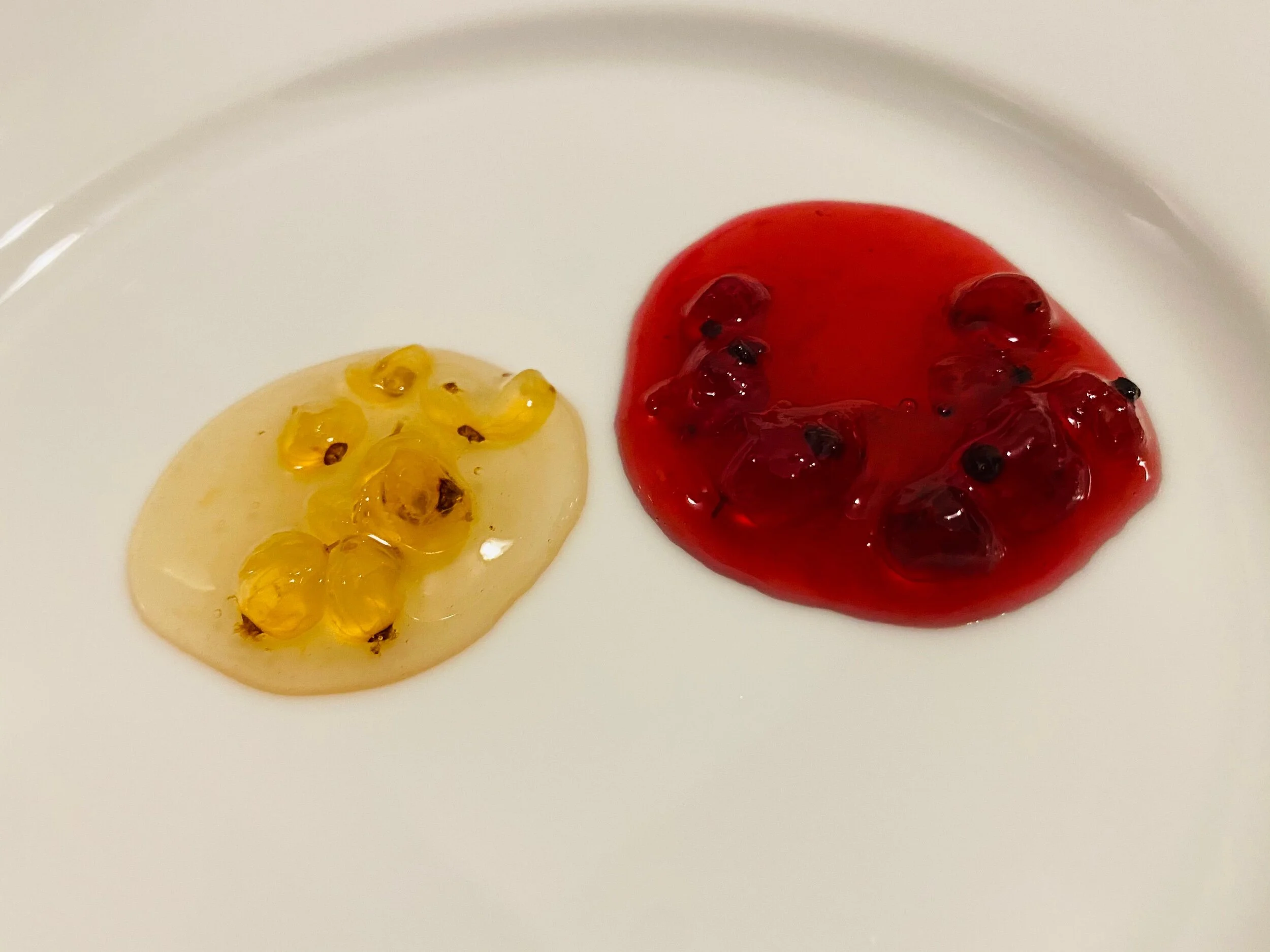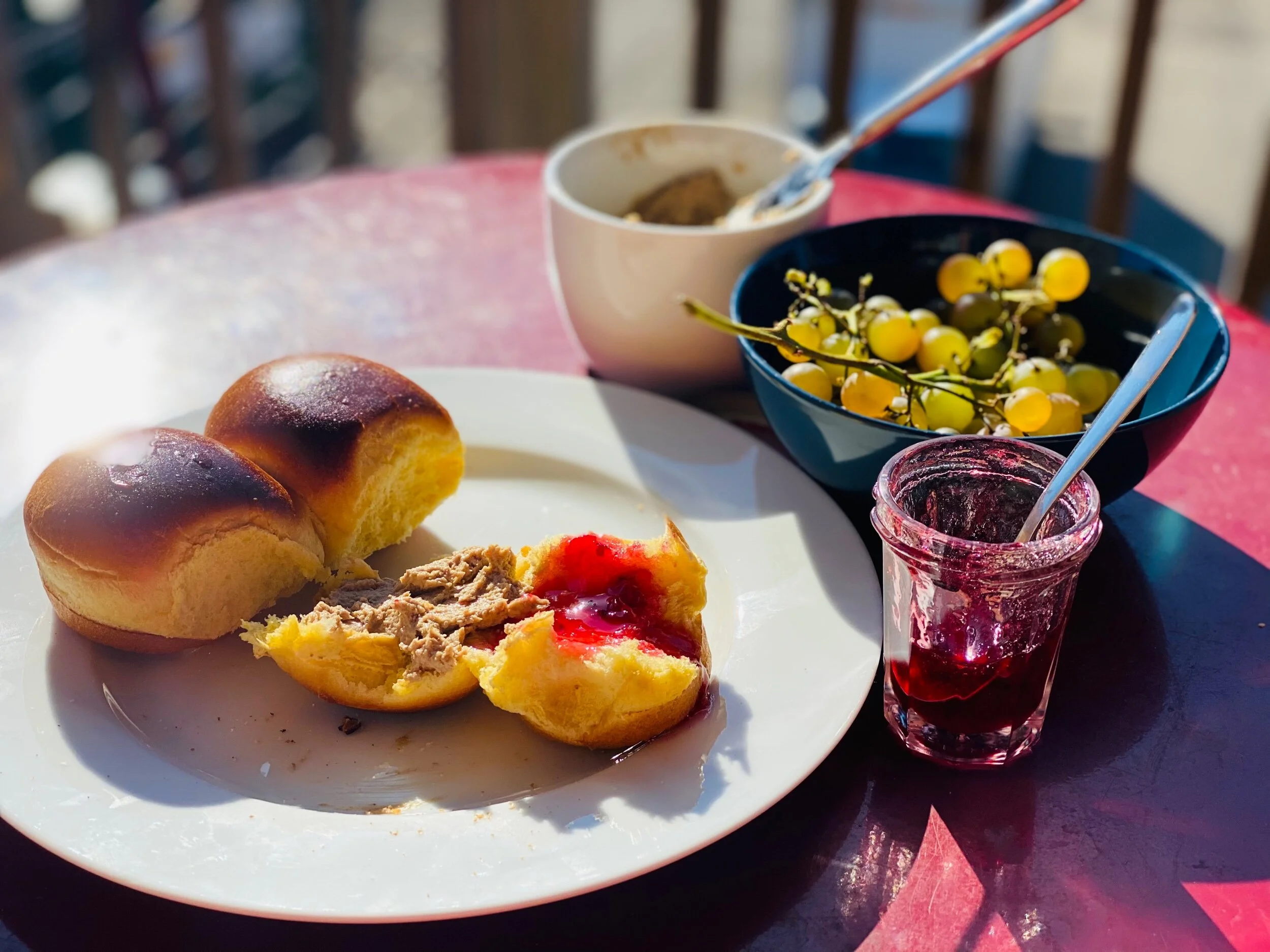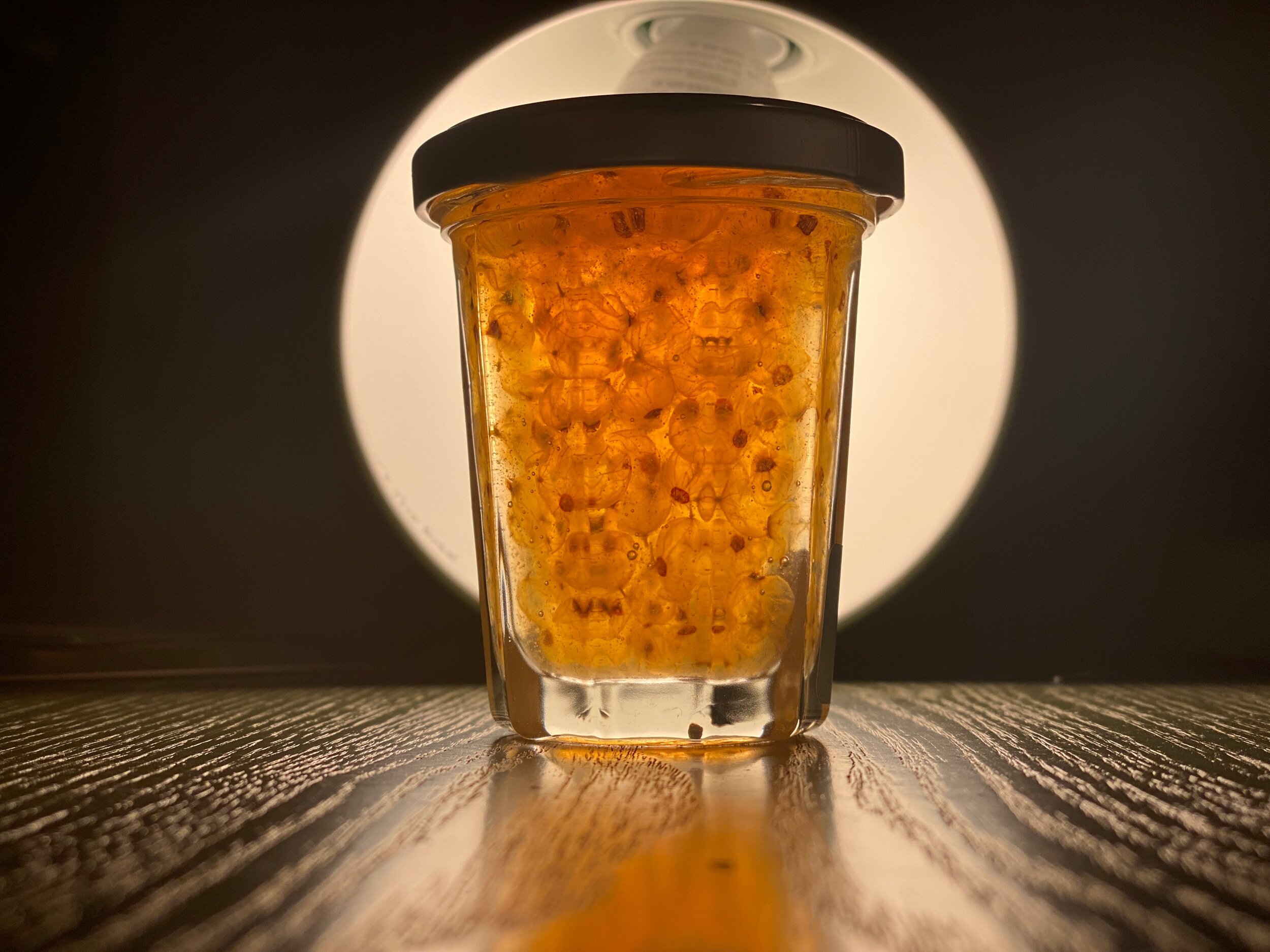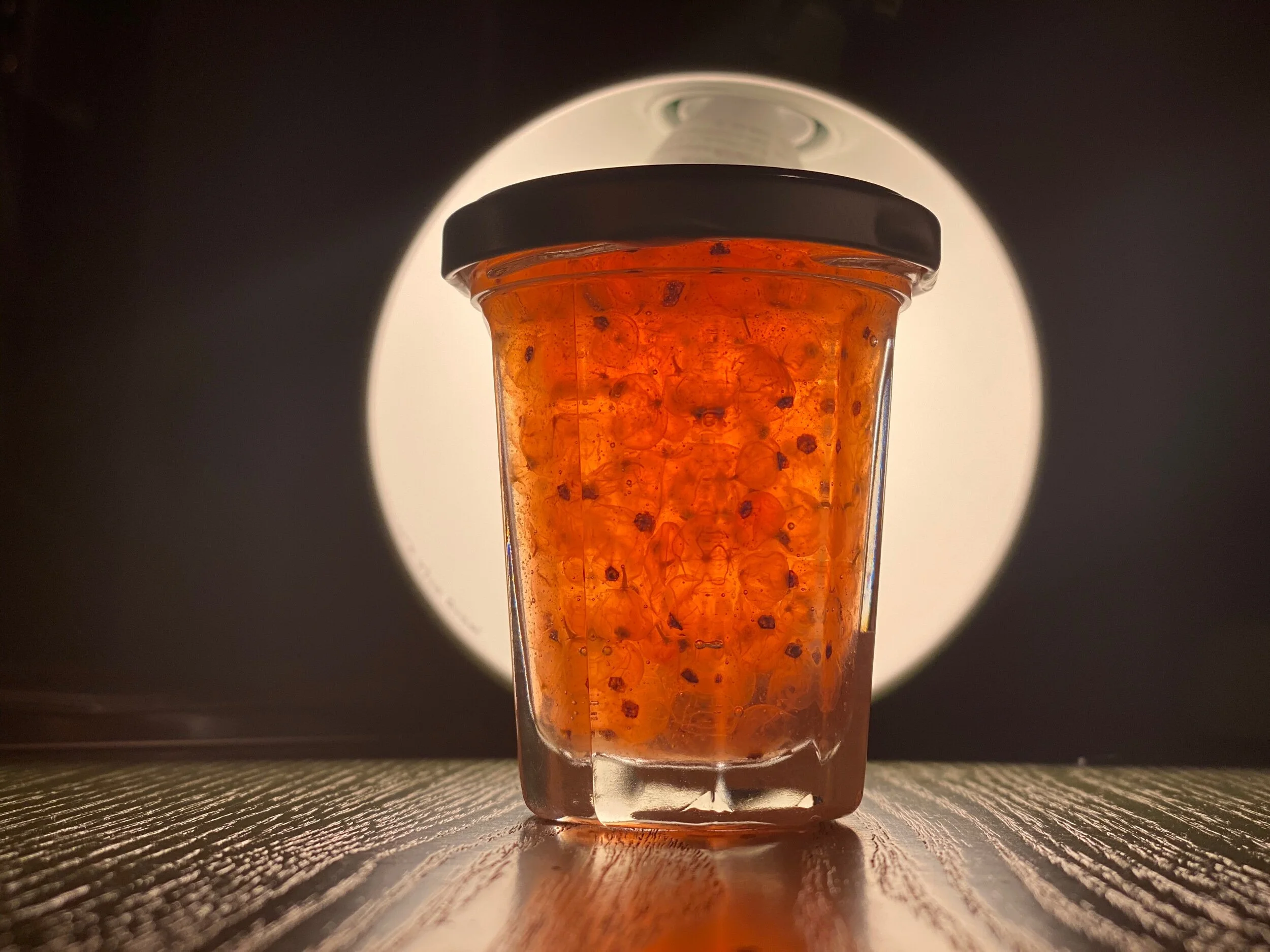Bar-le-duc: the caviar of confitures
Author and Photographer: Alex Wang
Bar-Le-Duc is a small town in the Lorraine region of northeastern France. Since the 1300s, the monks of the town have made a special kind of red and white currant jam, or confiture de groseilles. Unlike other currant jams, Bar-Le-Duc jam is completely seedless. This is accomplished through the laborious process of removing the seeds of every single currant by hand. This is extremely hard to do without tearing the delicate skin of the berry, and traditionally it is done by local women called epépineuses using sharpened goose quills to make a small incision into the berry and remove the seeds. Although a skilled epépineuse can produce almost nine pounds of deseeded fruit a day, the time and labor-intensity of the process make the yield far smaller and more expensive in comparison to other jams.
For this reason, Bar-Le-Duc jam was a popular gift amongst the European aristocracy, like Queen Mary of Scots, and more recently it was favored by writers, filmmakers, and tastemakers such as Alfred Hitchcock, Victor Hugo, and Ernest Hemingway. According to one popular legend of questionable veracity, when Alfred Hitchcock was filming a movie on location, nearby hotels would put the jam on their restaurant’s menu to attract him and his crew. However, immediately upon his departure, they would take the jam off the menu because it was too expensive to stock permanently. At the height of the jam’s popularity, 100,000 pounds were being produced each year by hundreds of different jam-makers. But by the 1970s, only one remained: Maison Dutriez. Their yearly production ranges from 5,000 to 20,000 jars depending on the harvest. Outside of France, the confitures are not carried by any retailer; if you want some, you must purchase them through Maison Dutriez’s own website, which looks like it hasn’t been changed since the early 2000s.
I placed an order for each of the three jams: the red, the white, and the pink. Although the jam was ordered from France, I must say I was extremely impressed that it arrived in a few days in perfect condition. The presentation was spectacular. The tin the jams come packaged in is simple yet elegant, and the jars themselves are made of a satisfyingly weighty crystal and decorated with beautiful seals on the lid. I also received a candle with the three jams. It was very floral and honeysuckle-like and smelled absolutely delicious but nothing like the jam. In fact, the jam was different from my expectations in many other aspects as well.
To start with, I was quite surprised that the jam was not very acidic, because fresh currants are quite tart. In my opinion, the jam could have greatly benefited from a bit more brightness. The jam has stewed berry notes, but it is not as distinctive as other jams from raspberries, strawberries, or blueberries. This makes sense, because currants themselves do not have a distinctive flavor compared to other berries. Besides the fruity notes, I also detected a vaguely honey-like aroma likely originating from the sugar syrup, and just a hint of some round orange-marmalade-like notes as well. There is not a great deal of variation between the red and white jams; if I were pressed to find a difference, I would say that the white one is marginally lighter and more tart. Of course, the pink jam is just a combination of both varieties.
Bar-Le-Duc is often called the caviar of confitures. This is partially because of its rarity and prestige. But another reason is more literal; the currant berries are supposedly similar in texture to caviar. The mouthfeel of the currant skins is indeed reminiscent of a larger fish roe like salmon ikura. However, they lack the satisfying pop of caviar because the berries must be pierced in order to extract the seeds in the first place. The jam is much runnier than you might expect, and is in fact more like a syrup than a solid jelly. Again, this is likely due to the lower pectin content of the currants.
A classic pairing for Bar-Le-Duc is foie gras. Instead, I tried the jam with some chicken liver mousse, toasted brioche, and muscat grapes. This was a combination that truly brought out the best in the jam. The rich, meaty flavors of the mousse and the butteriness of the brioche require something sweet as a counterbalance. Honey wouldn’t work very well because it would emphasize rather than provide a reprieve from the heaviness of the mousse. On the other hand, a very flavorful jam such as raspberry might distract from the subtle nuttiness of the mousse and the yeasty notes of the brioche. Bar-Le-Duc works perfectly in this capacity because its nondescript red-berries flavor delivers fruity sweetness without becoming the star of the dish. Meanwhile the muscat grapes serve as a nice palate cleanser, contributing floral, lychee-like notes and some fresh acidity to counterbalance both the sweetness and the richness of the other components.
I would recommend Bar-Le-Duc as a compliment to savory dishes, such as game, liver, or charcuterie. It is important to note that if you are eating this jam along with both a food and a wine, you may have to ignore the normally-suggested wine pairing in favor of something that can provide a bit more synergy with the jam. For example, suppose you wished to pair the jam with foie-gras. Normally, Sauternes is the textbook pairing for foie gras. But enjoying the Sauternes and the Bar-De-Luc together would be redundant because the Sauternes pairing is meant to perform the same function as the jam, namely providing sweetness and restrained fruitiness. Instead, you should opt for a less sweet, more acidic option such as a dry or off-dry Gewürztraminer or Riesling. Although red wines like Merlot often exhibit stewed red fruit flavors, I would actually recommend you steer clear of them because they might mask the subtler flavor of the jam. As for beers, a hoppy, citrusy IPA could also work well.
However, people who are looking for something to eat with bread or pancakes for breakfast might be disappointed by Bar-Le-Duc’s lack of standalone flavor. When I first tried this jam with my roommates with just bread alone, this was the conclusion we all came to. The difficulty of procuring it and the 85 gram size of each jar makes it hard to justify keeping it lying around as a pantry staple. But it is undoubtedly great for a special occasion, when it can function as a classy accoutrement to something even more spectacular, rather than as the star of the show itself. Or do as the eighteenth-century European aristocracy did, and send it as a gift to someone in need of a bit of old-fashioned luxury. In any case, you will hopefully be helping a product with a great history stay alive.

